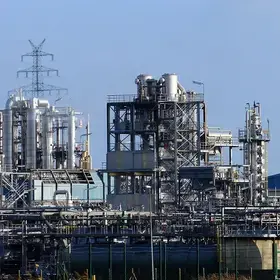The construction industry is poised to take yet another transformative step forward. Coming out of the pandemic, where construction has served a foundational role in sustaining the economy in the wake of the global health crisis, construction is about to get its own booster shot; this time in the form of the recently enacted “Infrastructure Investment and Jobs Act” (Public Law 117-58).
This once in a generation initiative comes at a pivotal moment, as global supply chain challenges are compounded by skilled labor shortages and pressures to deliver much-needed improvements to America’s critical infrastructure.
A key component to making best and highest uses of the Federal funding, supported by State and local funds and leveraged by access to private finance, will be the role of technology in those infrastructure investments.
The underlying theme of the infrastructure bill is all about jobs. Jobs, jobs, jobs–direct, indirect, and induced job growth are the essential ingredients to infrastructure investments that result in economic revitalization and regional development.
While many of the direct construction jobs can be seen through the lens of traditional trades and skilled labor, there are many seemingly non-traditional jobs in the future of the construction industry. Nowhere is this more evident than technology’s impact on the job site.
While many of the direct construction jobs can be seen through the lens of traditional trades and skilled labor, there are many seemingly non-traditional jobs in the future of the construction industry. Nowhere is this more evident than technology’s impact on the job site. Regardless of whether the job is a modest scale home restoration, or a commercial real estate redevelopment, or a public works infrastructure project, technology is everywhere!
Technology plays an important role in the development of processes. This is particularly critical in construction, since the interactions in the system, the supply network, and the people are the fundamental to the processes that build the job and deliver the project.
One perspective might lead us to believe that the construction industry has yet to modernize.
The industry's characterization as a laggard on technology adoption and innovation is not entirely off-point; but, the realities are far more nuanced, particularly for our region’s large and complex mega-projects. Advanced materials, building systems, and computer-assisted software are being developed and deployed across all the planning, development, and delivery phases. Tinkerers, designers, trades, and manufacturers are not only developing new means and methods, but also further digitizing the innovation processes and outputs across an asset's lifecycle.
The industry has always been an integrator of technology, people, and innovation. Few markets have had such a profound impact on the industry than the New York metro area. With the promise of funding and the commitments by leaders in the construction industry to adapt and adopt technological innovations, the construction industry is set to modernize, and to transform the built environment.



